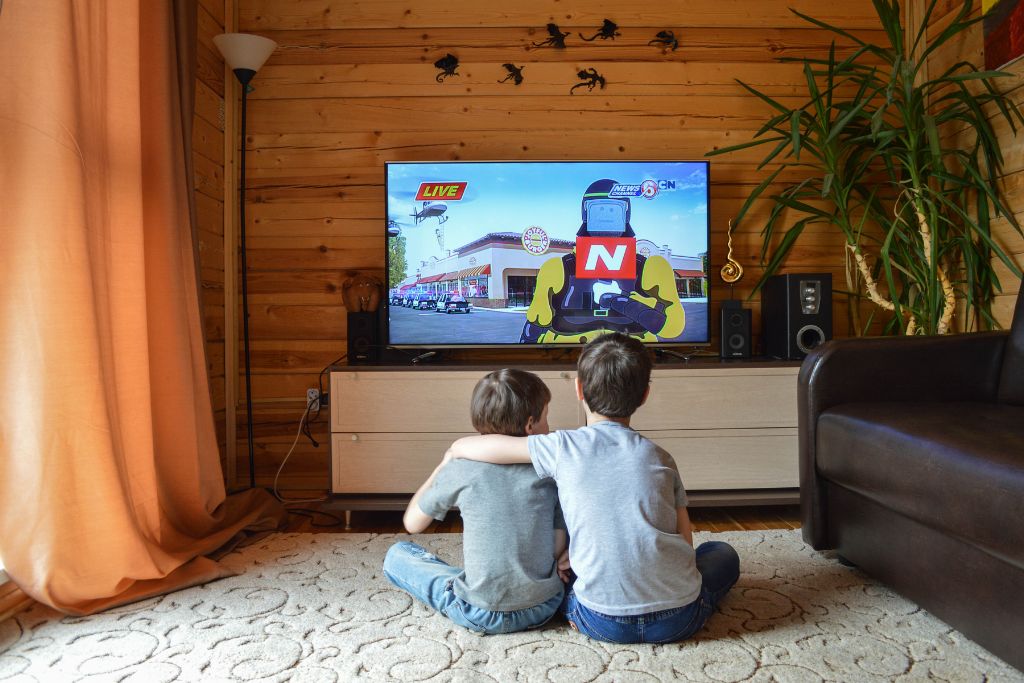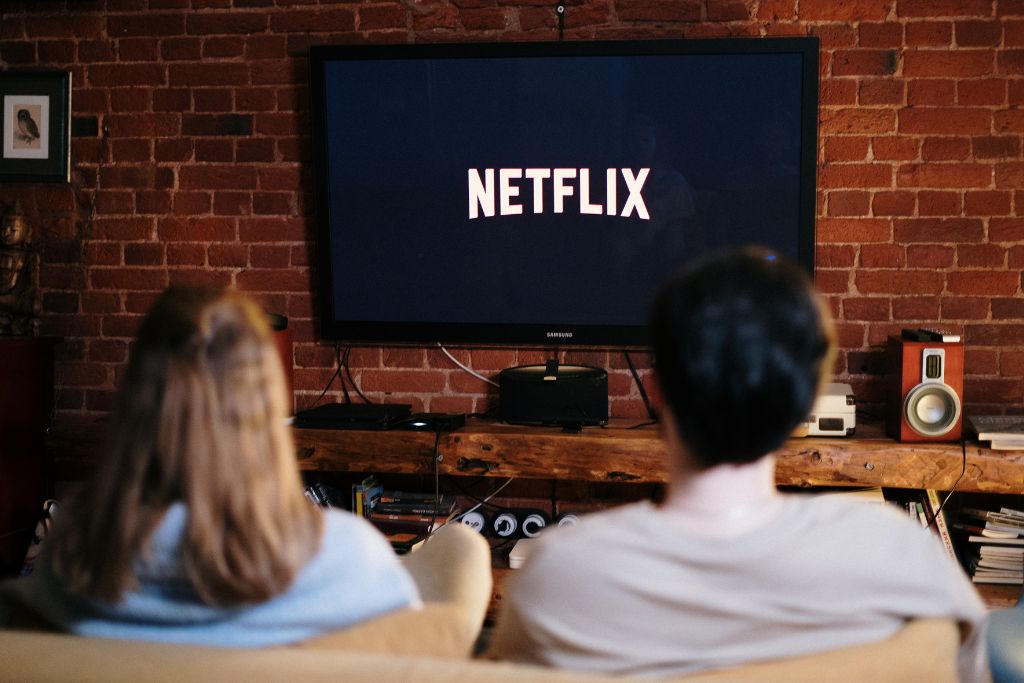With the rise of streaming services, the way we watch TV has changed dramatically. This change is affecting the entire entertainment industry. We asked leaders in the industry to share their thoughts on what they think will happen in the next three years. Here are some of their predictions. The future of entertainment and television is bright. With more people living in cities, and more access to new technology, broadcasters are able to bring new and innovative content to a wider audience. This content can be found on traditional television networks as well as digital platforms such as Netflix and Hulu. In addition, streaming services like Netflix have made it easier for viewers to watch their favorite shows at any time, whether they are at home or on the go.
The Switch to Streaming
Streaming has overtaken cable TV as the most popular way to watch TV. Streaming services are offering a wide range of content that can cost a lot less than traditional cable packages.
The switch to streaming is affecting many different areas of the entertainment industry. While some people may see it as a threat to traditional media, others believe that it could actually be the best thing to happen to entertainment.

In the coming years, streaming services will continue to evolve and change how they deliver content to their subscribers. They’ll also start to offer a more tailored experience that caters to viewers’ specific viewing preferences.
Interactive TV
Interactive TV is a way of using your television to interact with the content that you’re watching. This can include things like voting for a favorite entertainer or casting your opinion on a news poll.
There are also many ways for broadcasters to incorporate interactive TV into their programs. One example is chat television, where viewers can discuss what’s on-screen during a live program.

In some cases, interactive TV requires special set-top boxes with additional controls and programming. In other instances, it uses the Internet connection on the TV and a return path that allows information to be sent back to the broadcaster. This can be a useful way to enhance the viewer’s experience and provide more personalized advertising.
Virtual Reality
Virtual reality is a new way of experiencing the world. It combines advanced technology and software algorithms to make two-dimensional images and videos feel three-dimensional.
It can be used in the entertainment industry for movies and video games. It can also be used to train people or collaborate on projects with others.
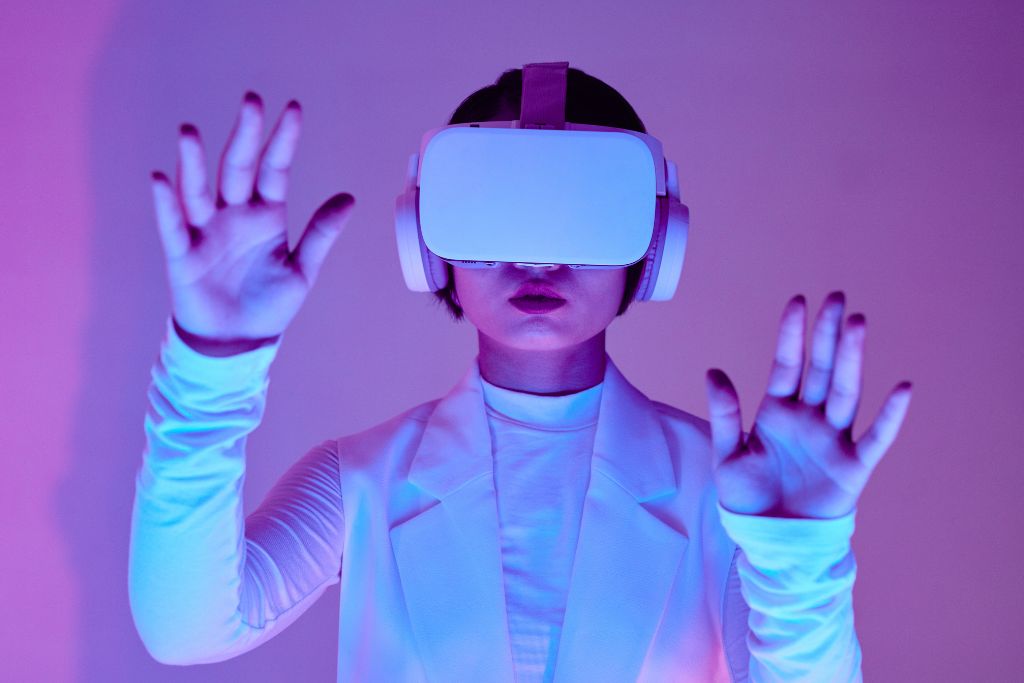
VR is also being used for tourism and education. It can create immersive visitor experiences such as museum tours, zoo adventures and theme park rides.
However, there are some challenges that need to be overcome in order to make VR a successful option. These include the size and cost of VR headsets, as well as the fact that they require powerful processing hardware. They can also pose ethical, social or legal issues that business owners may need to consider.
Shoppable TV
In a world where consumers are more likely to watch television on their phones, the concept of shoppable TV seems like a no-brainer. It connects viewers to brands through QR codes that enable them to purchase products from a variety of retailers.
NBCU, for example, is offering consumers the ability to shop for a favourite recipe that they see on their favorite TV show. They’ll simply scan a QR code that appears on their TV screen to receive a text link that will open the recipe and enable them to shop for it online.
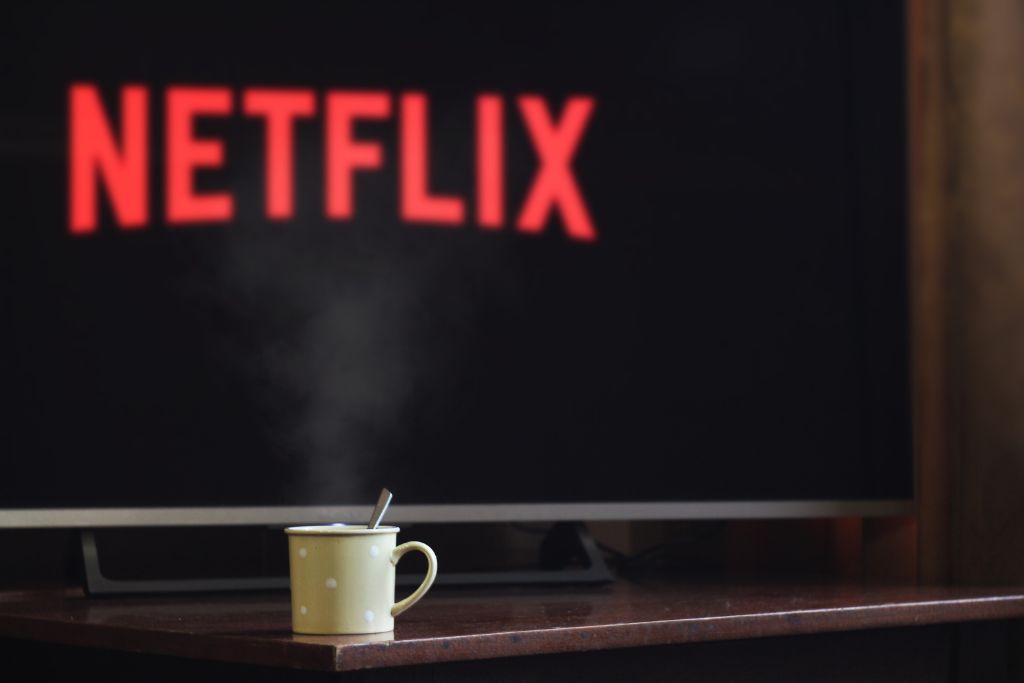
Despite some early success, shoppable TV is still in its infancy. There are a number of things that brands should consider before investing in this format, according to Bo “Bobby” Zhou, professor of marketing at Maryland Smith’s College of Business.
The Future of TV Guides
Television is a multi-platform experience that requires users to navigate a variety of devices and media sources in order to discover what they want to watch. This fragmentation of content and devices has made it difficult for people to manage their choices effectively.
As a result, TV Guide was struggling and losing advertisers. To reverse this trend, the company launched a two-phase marketing campaign that was designed to bring both readers and advertisers back to the magazine. The first phase, which was aimed at media buyers, included print and outdoor ads to alert them to the new look and format of the magazine. The second phase was aimed at consumers and included a series of television spots. This campaign was the first consumer-marketing effort that TV Guide had undertaken in more than 10 years.
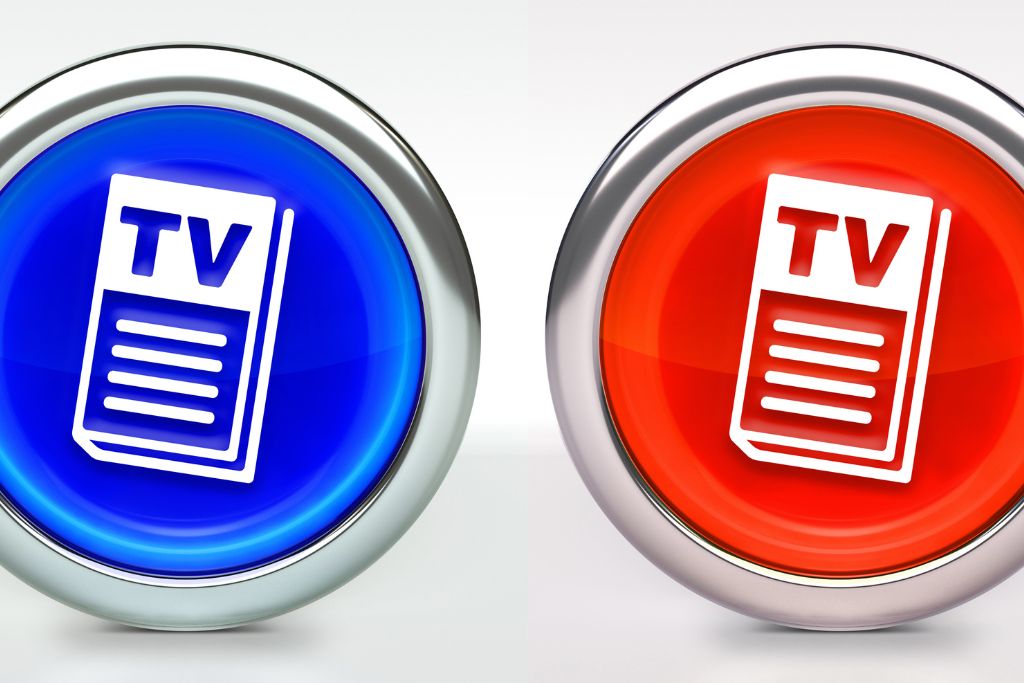
With social media becoming a key component in entertainment consumption, optimizing the experience for maximum enjoyment is critical. “Tips for Optimizing Your Social Media TV Experience” offers three actionable tips to achieve this: following favorite shows and channels, using hashtags to join conversations, and engaging with content. This enhances experiences by staying up to date with the latest news and connecting with fellow enthusiasts. As entertainment and TV continue to change, utilizing social media may provide even more enhancements. To make the most of social media TV viewing experiences, implementing the aforementioned tips can help to increase enjoyment and engagement with your favorite shows.

